
This artist's impression of a lunar base shows solar arrays for power generation, greenhouses for food production, and protected habitats with regolith. ESA credit.
The 2020s have already seen many lunar landing attempts, although several of them they have crashed either Tipped over. With all the excitement that surrounds The prospect of humans returning to the Moon.Both commercial and scientific interests will benefit.
The Moon is especially suitable for researchers to build telescopes that they can't place on Earth because it doesn't have as much satellite interference as Earth, nor a magnetic field that blocks radio waves. But only recently Astronomers like me started to think. about possible conflicts between the desire to expand knowledge of the universe on the one hand and geopolitical rivalries and commercial profit on the other, and how to balance those interests.
As an astronomer and the co-president of the International Astronomical Union Astronomy from the Moon working groupI'm hooked to investigate this question.
Everyone to the south pole
By 2035 (only about 10 years away) American and Chinese rockets. could be taking humans to long-term lunar bases.
Both bases are planned for the same small areas near the south pole due to the nearly constant solar energy available. in this region and the rich source of water that scientists believe could be found in the darker nearby regions of the Moon.
Unlike the Earth, the Moon is not tilted with respect to its path around the Sun. As a result, the Sun circles the horizon near the poles and almost never sets on the edges of some craters. There, the never-setting sun casts long shadows over the nearby craters, hiding your floors from direct sunlight during the last 4 billion years, 90% of the age of the solar system.
These craters are basically pits of eternal darkness. And not only is it dark down there, it's also cold: below -418 degrees Fahrenheit (-250 degrees Celsius). It's so cold that scientists predict that water in the form of ice at the bottom of these craters – probably brought by ancient asteroids that collided with the surface of the Moon – will not melt or evaporate for a long time.

Studies from lunar orbit suggest that these craters, called permanently shaded regionscould contain 500 million tons of water.
Constant sunlight for solar energy and proximity to frozen water make the Moon's poles attractive for human bases. The bases will also need water for drinking, washing, and growing crops to feed hungry astronauts. It's tremendously expensive to bring long-term water supplies from Earth, so a local watering hole is a big deal.
Telescopes on the moon
For decades, astronomers had ignored the Moon as a potential site to install telescopes because it was simply unfeasible to build them there. But the human bases open new opportunities.
He The far side of the Moon protected by radio, the part that we never see from Earth, makes recording of very low frequency radio waves accessible. These signals are likely to contain signatures of the the “Dark Ages” of the universe,”a time before the formation of stars or galaxies.
Astronomers could also put gravitational wave detectors at the poles, since these detectors are extraordinarily sensitive and the polar regions of the Moon do not have earthquakes that disturb them as happens on Earth.
A lunar gravitational wave detector could allow scientists to collect data from pairs of black holes orbiting each other very closely just before merging. Predicting where and when they will merge tells astronomers where and when to look for a flash of light they would otherwise miss. With those additional clues, scientists could learn how these black holes are born and how they evolve.
The cold at the lunar poles too makes infrared telescopes much more sensitive by displacing blackbody radiation from telescopes at longer wavelengths. These telescopes could give astronomers new tools to search for life in Earth-like planets beyond the solar system.
And more ideas continue to emerge. The first radio antennas are scheduled to land on the opposite side next year.
Conflicting interests
But the rush to build bases on the Moon could interfere with the very conditions that make the Moon so attractive for research. Although the surface of the Moon is larger than that of Africa, human explorers and astronomers want to visit the same places a few kilometers in size.
But activities that will help sustain human presence on the Moon, such as water extraction, will create vibrations that could ruin a gravitational wave telescope.
Additionally, many elements found on the Moon are extremely valuable on Earth. Liquid hydrogen and oxygen are valuable rocket propellants, and Helium-3 is a rare substance. I used to do it improve quantum computers.
But one of the few places rich in helium-3 on the Moon is located in one of the most likely places put a radio telescope from the Middle Ages on the far side.
Finally, there are at least two constellations of Internet and GPS satellites planned to orbit the Moon within a few years. Unintentional radio emissions from these satellites could disable a telescope from the Middle Ages.
The time is now
But compromise is not out of the question. There could be some alternative places to place each telescope.
In 2024, the International Astronomical Union created the Astronomy from the Moon working group to begin defining which sites astronomers want to preserve for their work. This involves ranking sites by their importance for each type of telescope and starting to talk to a United Nations Key Committee. These steps can help astronomers, astronauts from multiple countries, and private interests share the Moon.
This article first appeared on The Conversation. It is republished here under a Creative Commons license.







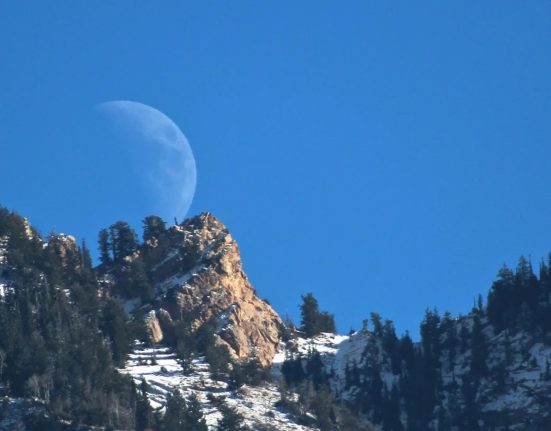
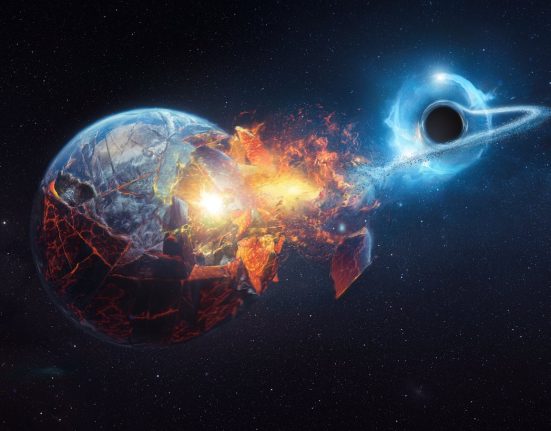

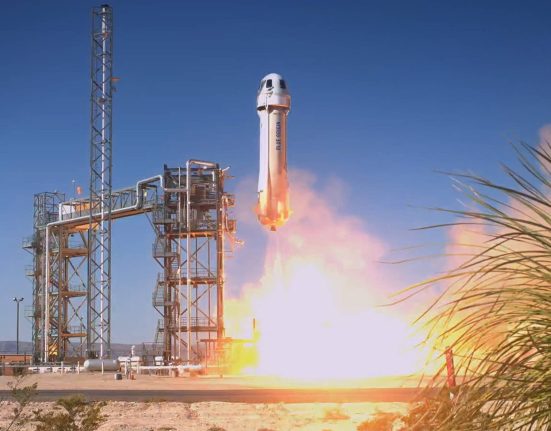
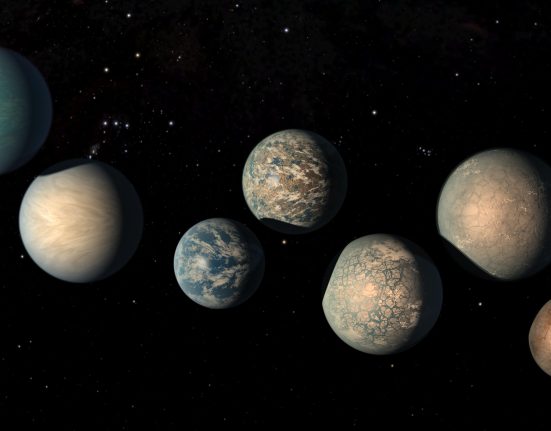
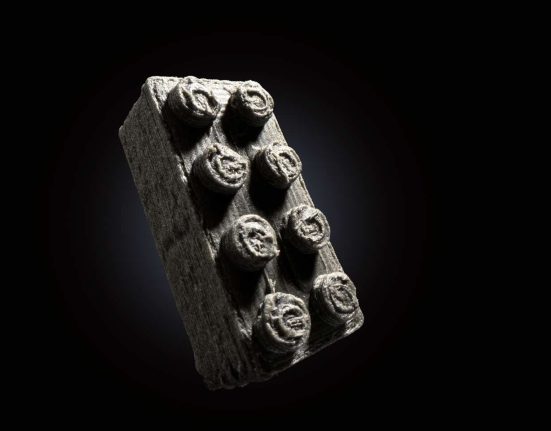
Leave feedback about this